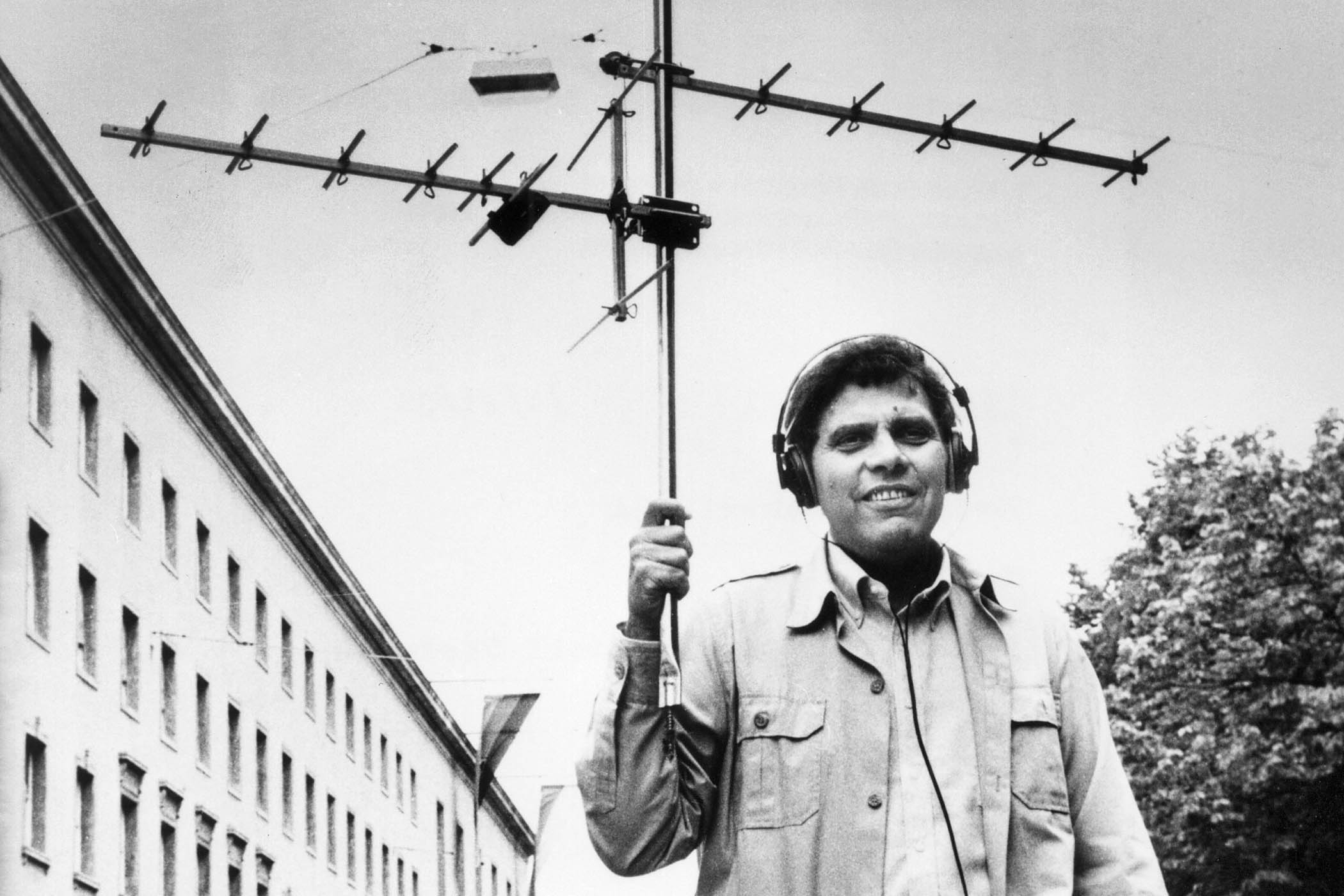In 2020, the US Federal Trade Commission launched an antitrust case against Meta (née Facebook), arguing the company had accumulated monopoly power by buying up potential competitors in their infancy. The suit focuses on two acquisitions in particular: Instagram, purchased in 2012 for $1bn when it was merely a photo-sharing app with a handful of employees; and WhatsApp, acquired in 2014 for a staggering $19bn.
The case has had its ups and downs and remains unresolved. Last August, however, Meta filed a document that made a startling claim: that it cannot be regarded as a social media monopoly, because it is not really a social media company.
How come? Meta argues that if “social” means time spent checking in with friends and family, then very little of that now occurs on its platforms. Today, the company reports, only 7% of Instagram time and 17% of Facebook time involves consuming content from friends. The majority of time on both apps is spent watching short-form videos that are “unconnected” – not from friends or followed accounts – but recommended by AI-powered algorithms developed as a direct competitive response to TikTok’s rise.
Meta is clearly deploying these statistics as legal strategy, but they nonetheless capture a profound shift in our media ecology. The Financial Times’s data analyst John Burn-Murdoch has tracked users’ stated reasons for using social media over two decades. His data reveal that “social media has become less about social networking and more about replacing or supplementing big-screen TV time with a smaller-screen medium that serves the same functions”. The two dominant reasons people cite now are “to follow celebrities” and “to fill spare time”.
Meanwhile, in another part of the media forest, something else is stirring. Podcasting, which started as an audio medium, also seems to be succumbing to the same gravitational pull. At any rate, many of the most successful ones are becoming YouTube shows, and YouTube is providing AI-based tools to help audio-based podcasters make the transition to video. And at the same time that this is happening Meta released Vibes – “a new way to discover, create, and share AI videos” and OpenAI released Sora, an AI that generates short video clips based on prompts.
Related articles:
So it looks like a seismic shift is under way, triggered by TikTok and the panicked responses from Meta, YouTube, and Spotify. Text-to-video AI now threatens to accelerate this transformation into a media landscape governed by a single mantra: “short video is the answer – now what was the question?
In a perceptive recent blog post entitled Everything is Television, the writer and podcaster Derek Thompson argues that all forms of digital media are converging towards the same end state: continuous streams of short-form video content. He believes that we’re seeing a fundamental shift in how we consume information and interact with media and that this will have significant social and political consequences in the long run.
As he wrote this, Thompson sensed the presence of Neil Postman’s ghost. Postman, who died in 2003, was the most insightful television critic I’ve encountered – and I say this having served as The Observer’s TV critic from 1987 to 1995. His book, Amusing Ourselves to Death is, deservedly, a classic. In it he argued that when television became our society’s dominant medium, every form of communication began adopting its values: immediacy, emotion, spectacle, brevity. When everything is urgent, nothing is truly important. Politics becomes theatre; science becomes storytelling; news becomes performance. Thompson summarises the consequence: “a society that forgets how to think in paragraphs, and learns instead to think in scenes”.
In his 1982 book The Disappearance of Childhood, Postman traced how different media technologies defined the boundary between childhood and adulthood. The medieval Catholic church set it at seven: the “age of reason”. Print culture raised the threshold to 12. But broadcast television, Postman argued, lowered it to three – the age at which children could follow soap opera plotlines. For some strange reason, this brings to mind the current state of US politics.
What I’m reading
In it together
Why Mamdani’s Fast Bus Socialism Is More Radical Than You Think is an intriguing essay on what Zohran Mamdani, the Democratic nominee for mayor proposes to do to New York’s streets.
Presidential manoeuvres
The Secret of Trump’s Gaza Triumph is Andrew Sullivan’s account of what really happened.
Czech fate
Prague Is Now the Capital of a Normal Country – Alas! is Timothy Garton Ash’s sobering account of the “new normal” in Prague.



